When you stroll down the aisles of your favorite supermarket, it’s easy to get swept up in the sleek packaging and clever marketing of the latest food trends. However, not all that glitters is gold, and some of these enticing products come with a hefty price tag that just isn’t worth it. At the intersection of savvy shopping and holistic wellness, we’ve rounded up a list of overpriced foods you can confidently skip without sacrificing taste or nutrition. Embrace this guide as your cheat sheet for navigating the grocery store with a discerning eye and fixed budget.
1. Pre-Cut Fruits and Vegetables
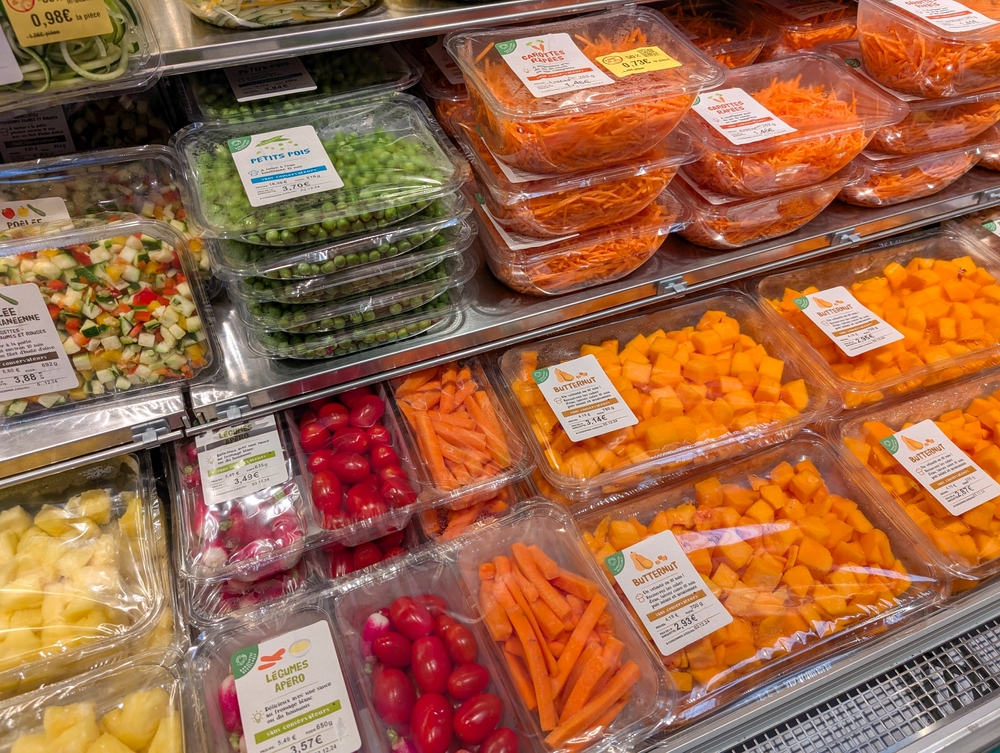
Sure, those pre-cut fruits and veggies in their convenient plastic containers promise to save you time, but they often come with a significant markup. You’re paying for convenience, and while it’s tempting, the cost doesn’t justify the minutes saved in prep time. According to Consumer Reports, pre-cut produce can cost up to three times more than their whole counterparts. Instead, spend a little extra time slicing and dicing at home; not only will it be more cost-effective, but it will also likely ensure fresher tasting results. Plus, you can control the portion sizes to better fit your needs.
Besides the cost, there’s another factor to consider: freshness. Pre-cut produce often loses nutrients faster than whole fruits and vegetables due to exposure to air and light. By choosing whole produce, you’re not only saving money but also preserving those precious vitamins and minerals. Spoilage is another concern; while pre-cut options may seem practical, they tend to have a shorter shelf life, leading to more waste. Trust us, the extra effort of preparing your fresh produce will pay off in both taste and nutrients.
2. Gourmet Salad Dressings
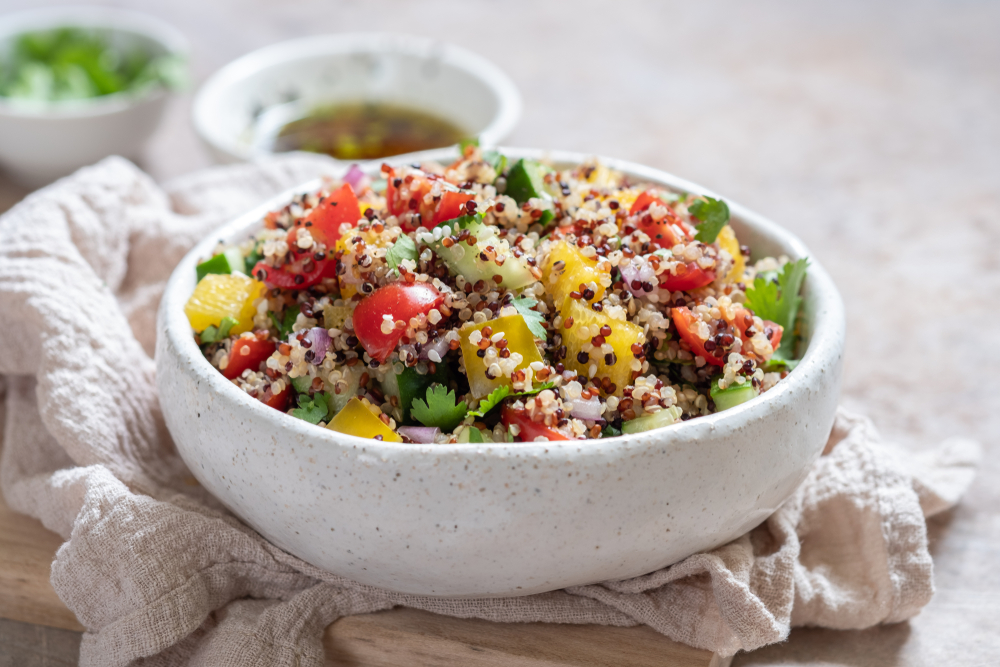
When you peruse the salad dressing aisle, you’re likely to encounter a dazzling array of gourmet options, each more enticing than the last. But before you toss that artisanal vinaigrette into your cart, consider the price versus the value you’re getting. Most of these dressings are just as easily made at home for a fraction of the cost, using simple pantry staples like olive oil, vinegar, and a handful of herbs and spices. Making your own dressing allows you to skip unnecessary preservatives and tailor the flavors to your liking. Plus, there’s a certain satisfaction that comes from drizzling a homemade concoction over your greens.
Ready-made dressings often contain hidden sugars and unhealthy fats that can turn your otherwise healthy salad into a nutritional minefield. By creating your own, you have full control over the ingredients, ensuring each bite is as nourishing as possible. You’ll also be minimizing waste by reducing the need for single-use bottles. In the long run, crafting your dressings is not just a healthier option but an eco-friendly one, too. So, go ahead and unleash your inner chef in the kitchen.
3. Bottled Smoothies

Bottled smoothies are often marketed as a quick and healthy way to get your daily intake of fruits and vegetables, but they can be incredibly overpriced. Many of these drinks are loaded with added sugars and preservatives, which can detract from their health benefits. A report from Harvard Health suggests that homemade smoothies can be a much healthier alternative, providing more control over ingredients and portions. Plus, creating your smoothie allows you to use fresh, seasonal produce, maximizing both taste and nutritional content. With a good blender and a bit of creativity, you can whip up a delicious concoction that meets your dietary needs without breaking the bank.
The convenience of bottled smoothies is undeniable, especially for people constantly on the go. However, they often come in single-use plastic bottles, contributing to environmental waste. By making your smoothies, you can use reusable bottles or jars, significantly reducing your carbon footprint. Consider purchasing frozen fruits in bulk; they’re often cheaper and can be stored for longer periods without spoiling. Ultimately, the shift from bottled to homemade smoothies is not just a financial decision but an environmentally conscious one.
4. Organic Packaged Snacks

The term “organic” has become synonymous with health and wellness, but not every organic product is worth its salt—or its price. Organic packaged snacks, such as chips and granola bars, often carry a hefty premium yet offer similar nutritional content to their non-organic counterparts. When you break down the cost versus benefit, the price tag often outweighs the potential health advantages. When shopping for snacks, focus on the ingredient list rather than the organic label. Many conventional options offer clean and wholesome ingredients without the added financial burden.
Choosing non-organic snacks allows you to allocate your budget towards more impactful organic purchases, like fresh produce or dairy. Often, the benefits of organic foods are more pronounced in items where you consume the whole product, such as fruits and vegetables. Packaged snacks, on the other hand, are often processed to the point where the organic factor has minimal impact on nutritional value. Opting for snacks made with simple, recognizable ingredients can be just as healthy. Don’t let the organic label sway you into spending more than necessary.
5. Specialty Grains
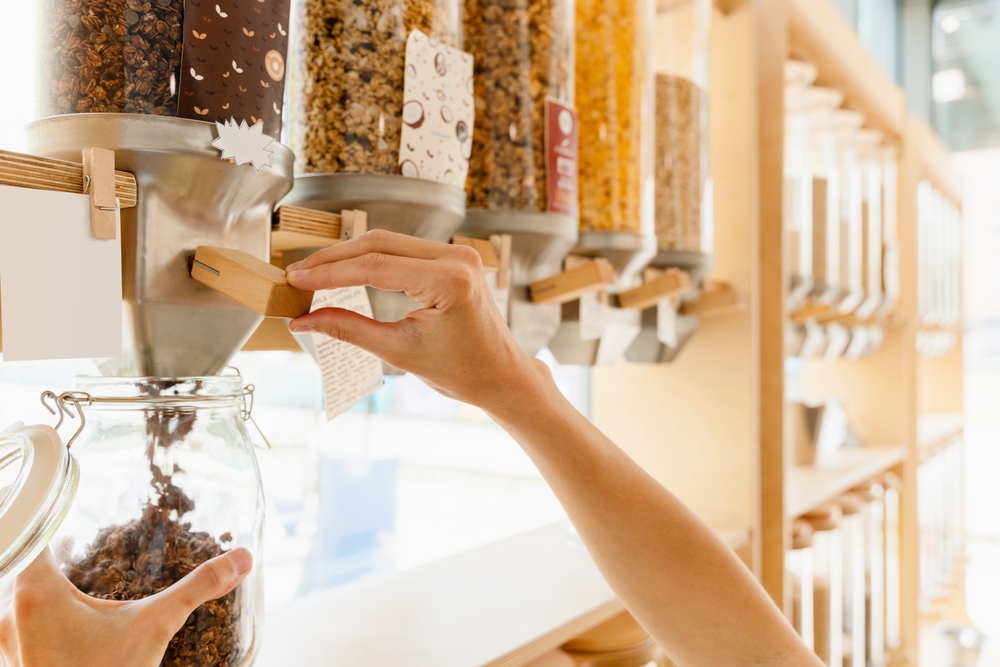
Specialty grains like quinoa, farro, and amaranth have become staples of the health-conscious pantry, but they often come with higher prices than more traditional options. While these grains do offer unique flavors and textures, the cost can quickly add up. According to a report by the Whole Grains Council, traditional grains such as brown rice and oats provide similar nutritional benefits at a fraction of the cost. By incorporating these classic grains into your meals, you can enjoy the same health perks without overspending. Keep a balance in your pantry; there’s room for both specialty grains and more budget-friendly staples.
Variety is the spice of life, and while it’s great to experiment with different grains, it’s not always necessary to splurge on the latest trendy option. Many traditional grains are versatile enough to be used in a wide range of dishes, from breakfast bowls to hearty dinners. They also tend to be more readily available, especially if you’re shopping locally or on a budget. By diversifying your grain choices, you not only save money but also expand your culinary repertoire. Remember, it’s about finding a balance that works for both your palate and your wallet.
6. Flavored Water

Flavored water might seem like the perfect solution for those who struggle with plain water, but it often comes with a higher price tag and unnecessary additives. Many of these drinks contain sugars, artificial flavors, or other ingredients that diminish their appeal as a healthy option. Instead of buying expensive flavored options, try infusing your water with fresh fruits, herbs, or even a splash of juice. Not only is this more cost-effective, but it also allows you to tailor the flavors to your preference. Plus, your homemade versions are free from any hidden ingredients.
Staying hydrated is crucial, but it doesn’t have to come at a premium. Investing in a reusable water bottle and experimenting with different infusions can make drinking water a more enjoyable experience. Consider combinations like cucumber and mint or lemon and basil for a refreshing twist on plain water. By creating your infused water, you’re also making an environmentally friendly choice by reducing plastic waste. Exploring DIY options can be a fun and creative way to ensure you get your daily hydration.
7. Gluten-Free Packaged Foods

The gluten-free craze has led to an influx of packaged foods that cater to this dietary preference, often at a steep price. While these products are essential for people with celiac disease or gluten intolerance, for others, they can be an unnecessary expense. In many cases, gluten-free items are not inherently healthier than their gluten-containing counterparts. A study published by the Academy of Nutrition and Dietetics found that gluten-free packaged foods often contain higher levels of sugars and fats. If you don’t have a specific medical need for gluten-free products, you might be better off sticking with traditional options.
For those who genuinely need gluten-free products, focusing on naturally gluten-free foods like fruits, vegetables, and certain grains can be a more economical choice. These whole foods provide the nutrition you need without the added cost associated with specialty items. If you’re experimenting with gluten-free eating, consider incorporating home-cooked meals made from scratch to better control your intake. This approach allows you to enjoy a varied diet without relying on expensive pre-packaged foods. Remember, gluten-free does not automatically mean healthier, so choose wisely based on your dietary needs.
8. Energy Bars

Energy bars are marketed as the ultimate on-the-go snack, perfect for busy, active people seeking a quick nutrition boost. However, many of these bars are laden with sugars and unhealthy fats, which can counteract any perceived health benefits. While they offer convenience, they often come at a premium price, which doesn’t always correlate with quality ingredients. Taking the time to make your own energy bars or snacks at home can be both a healthier and more cost-effective solution. By controlling the ingredients, you ensure your snack is tailored to your dietary preferences and needs.
The appeal of energy bars lies in their portability and perceived health benefits, but it’s essential to scrutinize the label before purchasing. Many bars contain processed ingredients that may not align with your nutritional goals. Opting for homemade versions allows you to experiment with flavors, from nutty to fruity, creating a satisfying snack that fits your lifestyle. Ingredients like nuts, seeds, and dried fruits can be purchased in bulk to minimize costs. Embrace the DIY spirit to enjoy snacks that are both delicious and wallet-friendly.
9. Cold-Pressed Juices
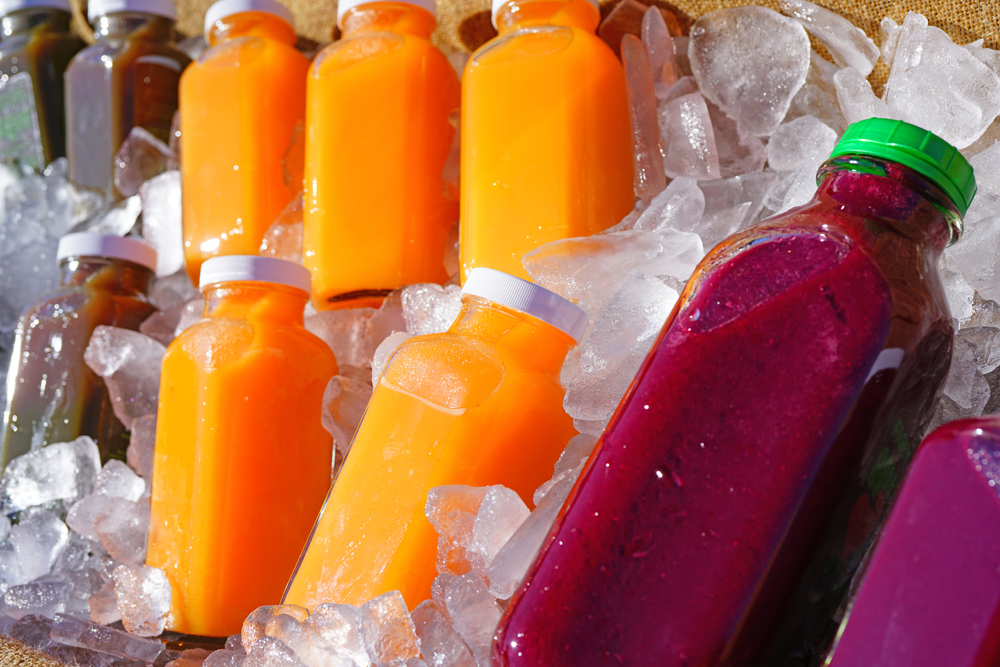
Cold-pressed juices have become synonymous with detoxing and wellness, celebrated for their vibrant colors and nutrient-rich profiles. However, they often come with a price tag that reflects their perceived luxury rather than actual nutritional superiority. While these juices can be a delicious addition to your diet, they’re not a substitute for whole fruits and vegetables. When made at home, you can enjoy the same refreshing experience without the markup. A quality juicer and a selection of fresh produce are all you need to start creating your concoctions.
Despite their marketing, cold-pressed juices are not without drawbacks, including high sugar content and lack of fiber. Drinking your fruits and vegetables doesn’t offer the same satiety or digestive benefits as consuming them whole. Consider making smoothies instead, which retain the fiber and provide a more balanced nutritional profile. By choosing whole foods, you make a more economical and health-conscious choice. While cold-pressed juices can be a treat, they shouldn’t be a staple in your diet due to their cost and limitations.
10. Organic Milk Alternatives
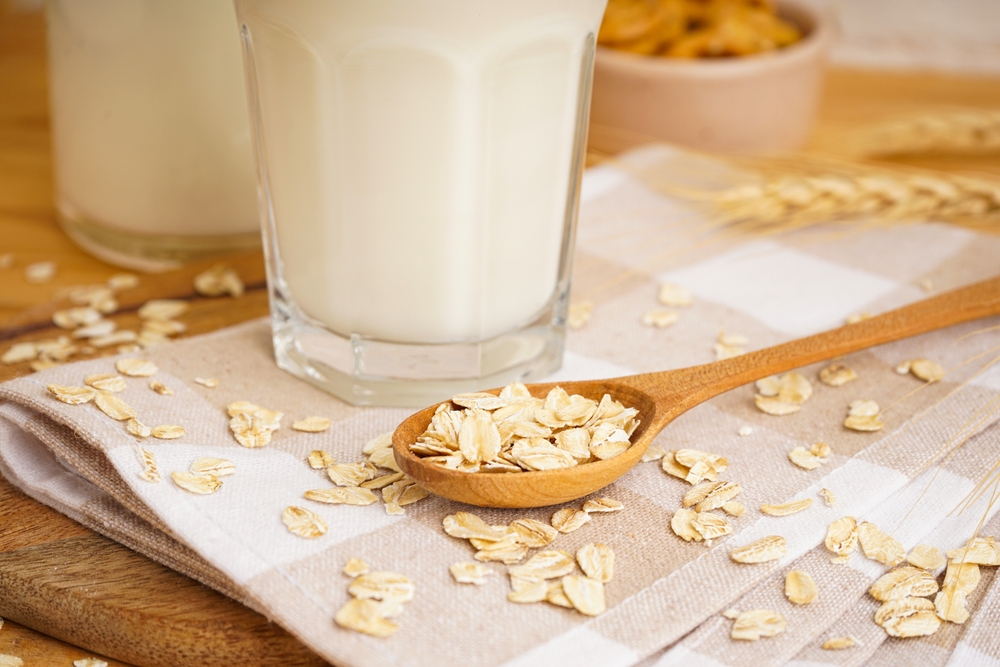
The rise of plant-based diets has led to an explosion of milk alternatives, many of which boast organic labels and premium pricing. While almond, oat, and soy milk can be excellent for those seeking dairy-free options, the organic version often doesn’t offer significant health benefits over conventional types. These products are frequently double the cost of their non-organic counterparts. Making your nut or grain-based milk at home can be a rewarding and economical solution for the adventurous. Plus, you can control the sweetness and additives, ensuring a pure and satisfying beverage.
Homemade milk alternatives are surprisingly simple to create, requiring just a few ingredients and a blender. By preparing them yourself, you eliminate unnecessary additives and reduce packaging waste, making it an environmentally friendly choice. For those with dietary restrictions or personal preferences, DIY alternatives offer customization that store-bought versions can’t match. Whether you’re frothing it for a latte or adding it to your cereal, homemade versions can be just as creamy and delicious. The effort put into creating your milk is well worth the savings and peace of mind.
11. Protein-Enhanced Foods

Protein-enhanced foods have surged in popularity, with everything from cereals to cookies boasting extra grams of this macronutrient. While protein is essential for muscle repair and overall health, these products often carry a hefty price tag that doesn’t necessarily reflect quality. It’s important to remember that many whole foods are naturally rich in protein—think eggs, beans, and nuts—and often much cheaper. Rather than splurging on enhanced products, focus on incorporating these natural protein sources into your meals. Your body and budget will thank you for opting for whole, nutrient-dense foods instead of processed alternatives.
The allure of protein-enhanced foods lies in their promise of convenience, but it’s crucial to assess whether you’re truly getting value for money. Often, the added protein comes from isolated sources, which may not offer the same benefits as complete proteins found in whole foods. By preparing meals from scratch, you can control the protein content and quality, ensuring a balanced diet. Simple swaps, like adding a handful of nuts to your breakfast or beans to your lunch, can easily boost your protein intake. Embracing whole foods over fortified items ensures you get more nutrients for less cash.
12. Packaged Superfoods

The term “superfood” is often used to market foods that are rich in nutrients, leading many to pay a premium for products like acai bowls and chia seed puddings. While these foods can be nutritious, they’re not the only sources of health benefits, and their cost can be prohibitive. You can find similar nutrients in more affordable options like berries, spinach, and flaxseeds, which can easily be integrated into your diet. By focusing on variety rather than specialty items, you’re more likely to sustain a healthy eating pattern without breaking the bank. Remember, balance and moderation are key in achieving a wholesome diet.
Packaged superfoods often come with the added cost of convenience, but it’s worth considering whether they truly offer more than traditional foods. Many mainstream fruits and vegetables provide the fiber, vitamins, and minerals needed to support a healthy lifestyle. Swapping out expensive superfoods for their more affordable counterparts can create a diverse and satisfying meal plan. Exploring local markets and seasonal produce can also uncover hidden gems rich in nutrients. Keep in mind, a varied diet is more beneficial than one focused solely on trendy superfoods.
13. Pre-Made Guacamole
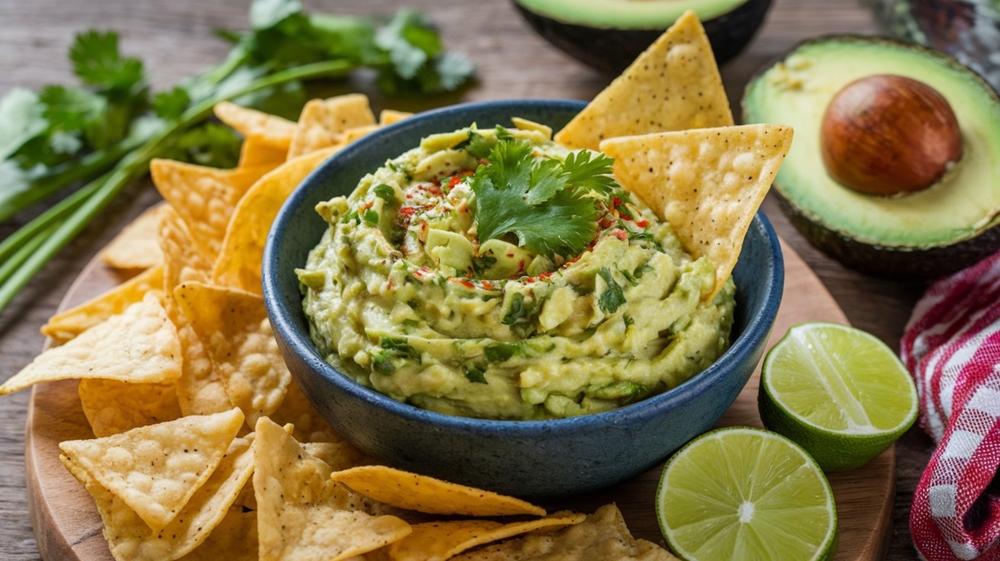
Pre-made guacamole is a tempting buy for gatherings or when you’re craving a quick snack, but the cost can be significantly higher than making it yourself. It’s a simple dish that requires just a few ingredients, including avocados, lime, and salt, all of which are relatively inexpensive. The store-bought version often includes preservatives and additives that can alter the taste and nutritional value. Freshly made guacamole not only tastes better but also allows you to adjust flavors to your liking, whether you prefer it spicy or mild. By making it at home, you ensure a fresher, healthier option.
The convenience of pre-made guacamole is undeniable, especially for last-minute gatherings or busy days. However, avocados are often easy to mash up, and you can customize your dip with additional ingredients like tomatoes, onions, or cilantro. This homemade approach is not only more economical but also eco-friendly, as it reduces packaging waste. Plus, making guacamole can be a fun and rewarding culinary experience. Embrace the simplicity and deliciousness of homemade dips, and your taste buds—and wallet—will thank you.
This article is for informational purposes only and should not be construed as financial advice. Consult a financial professional before making investment or other financial decisions. The author and publisher make no warranties of any kind.








